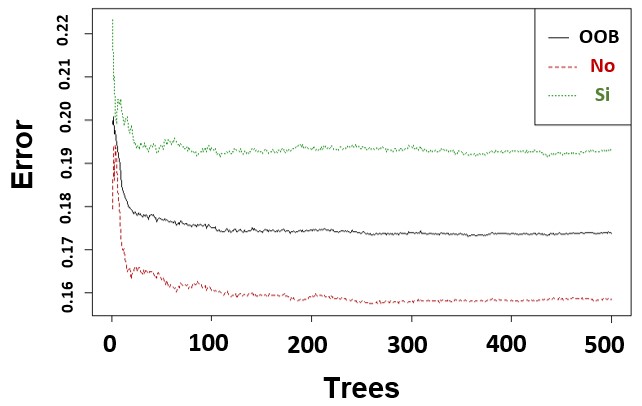Random Forest para identificar los factores sociodemográficos asociados al uso de Internet en el Perú
DOI:
https://doi.org/10.33017/RevECIPeru2016.0008/Keywords:
random forest, factors, internet, information and communication technologiesAbstract
Society today is experiencing a period of constant change, due largely to the introduction of new technologies in the work of everyday life; It is for this reason that many world leaders say the use of Information Technology and Communication (ICT) play a fundamental role in the development of nations. But it is the Internet with more than 200 million users globally, which has come to position itself as one of ICT more technological growth in recent years, even to be considered as the most popular means of communication throughout history humanity. Peru is an emerging country, which can be found in these technological tools the way to become an information society, helping to achieve better economic and social opportunities for all its inhabitants. Our goal in this research is to identify sociodemographic factors associated with the use of Internet in Peru. We apply the data mining model supervised classification random forest, to the database of the Residential Telecommunications Services Survey (Erestel) 2014, conducted by the Superior Agency for Private Investment in Telecommunications (Osiptel). The sample consisted of 14,626 households in the 24 departments of Peru, which was applied to 42,046 people in these households. The proposed model allows us to identify the age, level of education, department of origin and socio-economic level as the socio-demographic factors priority for the use of internet in our country. The model correctly classified 83% of people. We hope that these results will contribute to the formulation of economic and social policies related to accessibility and management of technologies in our country, particularly to the use of the internet.


